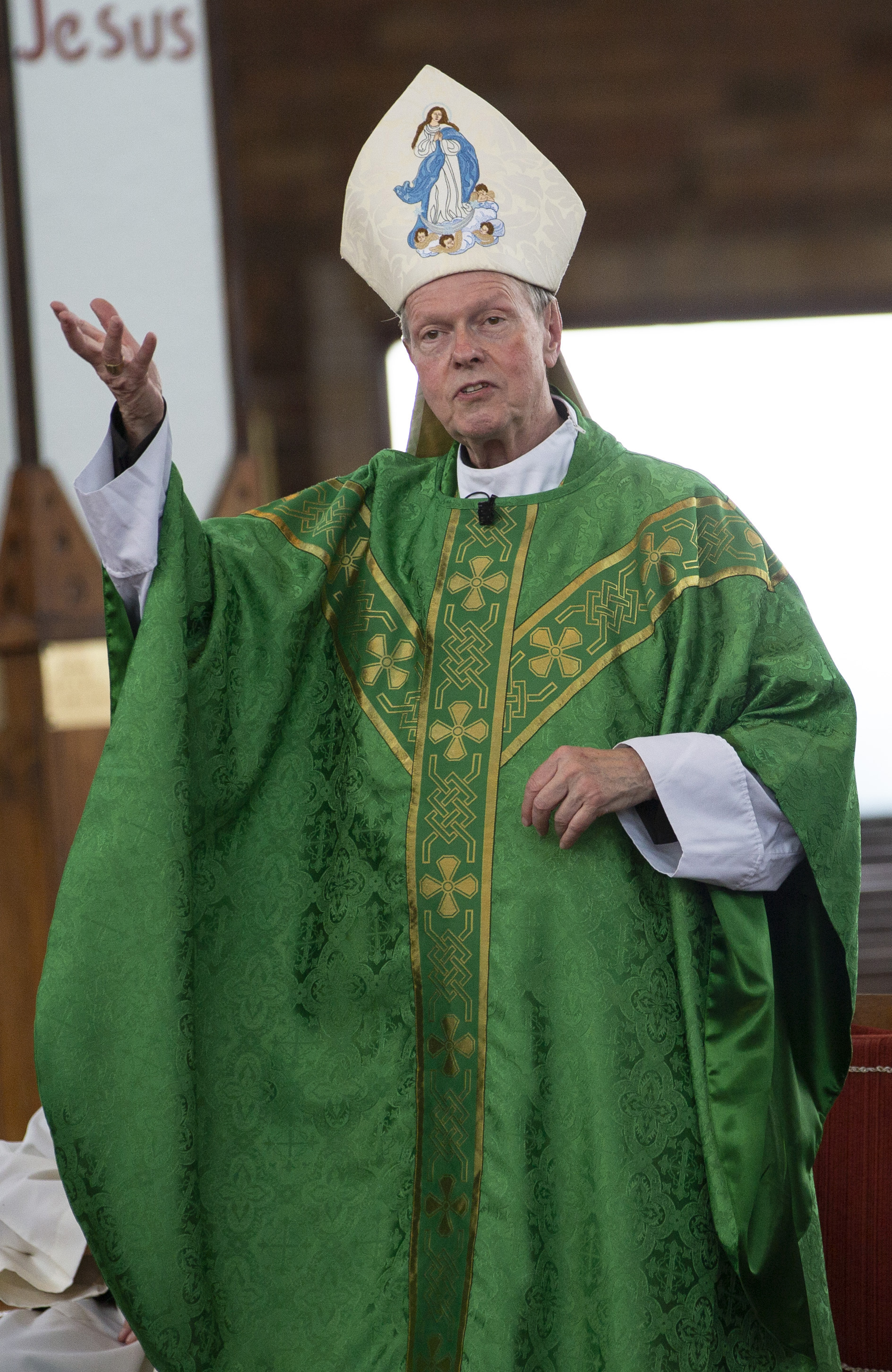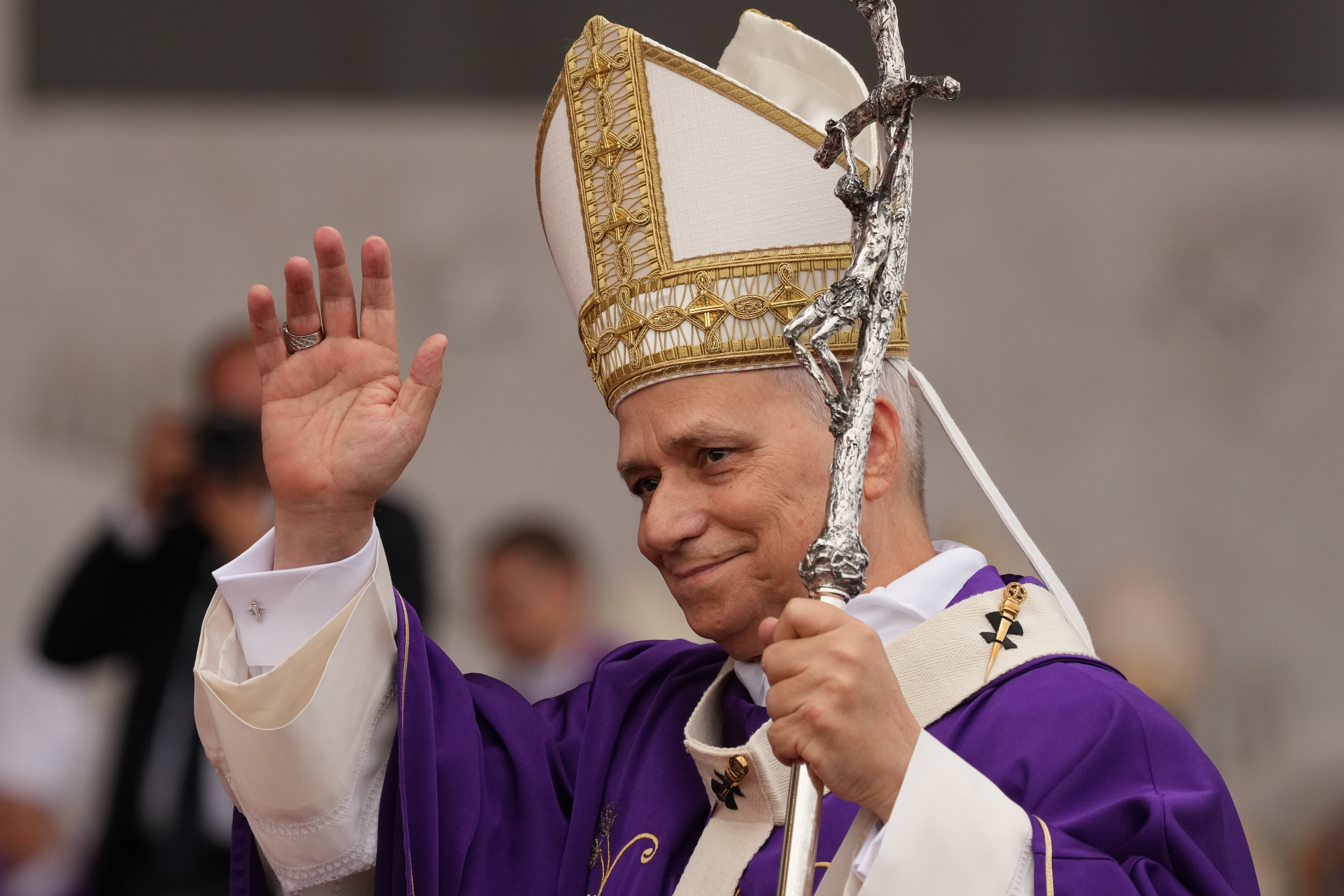December 26, 2023 at 4:27 p.m.
The whole story
The scriptural accounts of the life of Jesus Christ before he began his public ministry are found largely in the so-called “Infancy Narratives” of two Gospels. They complement but do not parallel one another. Matthew 1:1 — 2:23 begins with the genealogy of Jesus Christ and contains the stories of the Magi, the flight into Egypt and the massacre of the infants. Luke 1:5 — 2:40 does not include these events but provides many of the details with which we are familiar from popular depictions of the birth of Christ: the angels, the shepherds and the manger suggesting the presence of animals. If we include the circumcision and the presentation in the temple as moments further defining the identity of Jesus, we can understand why Christmastide is more than a celebration of his birthday, limited to just one day. Instead, our liturgical observance of the Christmas season extends from Christmas Day (Dec. 25) throughout the octave, which is a way of making a day into a week, and right through Feb. 2, when Mary and Joseph presented Jesus in the temple, apparently in Jerusalem.
At the end of both accounts the family settles in Nazareth (Mt 2:23, Lk 2:39), where Joseph and Mary probably were born or at least met prior to their betrothal. Nazareth is also the scene of the Annunciation to Mary (Lk 1:26-38) and the angelic revelations to Joseph regarding the surprise pregnancy (Mt 1:20-24). All that is added is the incident, again in the Jerusalem temple, where the identity of Jesus is further defined in terms of divine sonship, where he refers to God as his Father (Lk 2:41-52). No other canonical (biblical) information is offered but taken together, we can discover many elements in the early chapter of the life of Christ that presage what was to follow.
For one thing, the consequences of the Incarnation are cataclysmic, within even astronomical import, as witnessed by the appearance of the star and the Magi. (Mt 2:2-10). Despite the appeal of the tender images of fluffy sheep, celestial voices and lowing cattle, we see that that night is fraught with terrors and demons as Herod plots his murderous scheme, greatly troubled at the mere announcement of the birth, “and all Jerusalem with him” (Mt 2:3). He proceeds to order the massacre of “all the boys in Bethlehem and its vicinity two years old and under” (Mt 2:16). And it does not stop there.
The Lucan narrative contains its own prognostications of upheaval and violence in the words of Simeon to Mary, “Behold, this child is destined for the fall and rise of many in Israel, and to be a sign that is contradicted (and you yourself a sword will pierce) so that the thoughts of many hearts may be revealed” (Lk 2:34-35). More than a few biblical accounts of future disciples of Christ encountering headwinds, storms and shipwrecks will bring to mind memories of darkness and danger that have always dogged, but never defeated the splendor of the Light that comes into the world with the birth of Christ. As John’s Gospel describes it in beautifully poetic language, “this life was the light of the human race; the light shines in the darkness, and the darkness has not overcome it” (Jn 1:4-5).
Indeed, the angelic promise of “peace on earth” (Lk 2:14) we have now, “and peace with God through our Lord Jesus Christ, through whom we have gained access (by faith) to this grace in which we stand, and we boast in the hope of the glory of God. Not only that, but we boast of our afflictions, knowing that affliction produces endurance, and endurance, proven character, and proven character, hope, and hope does not disappoint …” (Rm 5:1-5). There is quite noticeable a sense of history — what the Gospel narratives tell of the circumstances and impact of the birth of Jesus Christ — as very much like the Creation accounts in Genesis, an ongoing story of arrival of light in a dark and dreary world, always awakening hope amidst the plots and devices of sin and temptation.
In the Garden of Eden, the serpent is depicted as grasping at the heel, lurching from behind the back of man, but after the fall, God curses the snake saying, “I will put enmity between you and the woman, and between your offspring and hers; they will strike your head, while you strike at their heel” (Gn 3:15). These prescient words are packed with the promise of the eventual defeat of evil. Many interpretations have been offered, perhaps the most compelling being depicted in the image of Mary, the Immaculate Conception, crushing the satanic serpent’s head with her heel. This beacon of hope in the darkness, however, just as John presages in the first chapter of his Gospel, can as well be taken up by all of us, as Christian disciples, as our battle theme in our struggles in the world amidst the powers of darkness that want to get us down.
What we can learn from a full, meditative reading of the Infancy Narratives, with the entire gamut of salvation history in the background, is the whole story of our liberation from sin, darkness and fear when we look to the child of Bethlehem as the wise Magi did, following his star, which is the light of the Holy Spirit rising in our hearts. I believe it is this Holy Spirit to which we are referred in the passage that runs, “Moreover, we possess the prophetic message that is altogether reliable. You will do well to be attentive to it, as to a lamp shining in a dark place, until day dawns and the morning star rises in your hearts” (2 Pt 1:19).
Indeed, the Christmas story is not all about glitter, tinsel and bubble lights. It is not just a fairy tale for children, or blustery Santas bellowing their hohohos. It is much more than a day or even a season. The whole Christmas story will immerse us in the depths of our human struggles and hopes, our descent into darkness and our rescue from the pits of despair and depression when we discover we have lost our way through our denials and addictions. It is the hope that ravishes us when we dare to look into “the true light, which enlightens everyone” (Jn 1:9), “the Word became flesh, who made his dwelling among us” (Jn 1:14). The literal meaning of the original Greek is that he “pitched his tent/tabernacle” among us, no doubt recalling from the Aramaic the Shekinah presence of God’s glory among us. This glory of God is now centered in Jesus and Jesus comes to us to dwell in our hearts.
This is why it is not at all inappropriate, in fact I would say it is essential, that we take the time to absorb the meaning of Christmas in our lives as more than flash in a pan, a shooting star that only flares for a moment and then vanishes into the night. We do well to contemplate the whole story, the coming of God into the world — our world — in order to do for us what he has done to seekers in all times, places and spaces, what the Magi discovered by following that star to Bethlehem where it rested on the One sent by God.
The language and style of the Infancy Narratives may at times seem to possess a certain mythic quality. Myths in the biblical sense, however, are not fantasies, made-up stories or deviations from reality. They are truths that run so deep that they tell us our human story in a way that not only awakens us to reality but points the way to understanding it deeper. Since the center of this story is not us, but God in us, it takes us to the core of our humanity where we discover how we are made by love and for love to be sent to a world that this divine love burns with from a redeeming heart, the Holy Spirit of God, the love between the Father and the Son.
We have nothing to lose when we “fall into” this Love. It will not deprive us of this world, but instead lead us to discover its true purpose and destiny, our real goal and desire. As C.S. Lewis mused, “aim at a heaven and you will get the earth thrown in. Aim at earth and you get neither.” With the Incarnation, heaven has come so close to our world, that it seems a terrible waste of grace to throw the baby out with the wrappings and trappings of the season. This year, invite Jesus to stay with you. In your heart, in your everyday life. This is one New Year’s resolution that requires giving nothing up but the fear of Love and what it might do for us. So why settle for less, when we can have it all?
- With Enrique Shaw on path to sainthood, Vatican confirms you can be a holy businessman
- New archbishop ‘committed’ to immigration issues, accountability on abuse — and staying a Cubs fan
- HHS proposes new regulatory actions to prohibit gender transition procedures for minors
- Fundraiser by cancer survivor, third-grade classmates brings Christmas joy to school, community
- Pope advances causes of Argentine businessman, Spanish martyrs
- Approximately 50 Planned Parenthood clinics closed in 2025, report says
- Born in hardship, sung in hope: the quiet, powerful origins of ‘Silent Night’
- Pope urges people to protect, cultivate even smallest signs of peace, hope
- Pope Leo and a call for peace
- The SpongeBob Movie: Search for SquarePants








Comments:
You must login to comment.